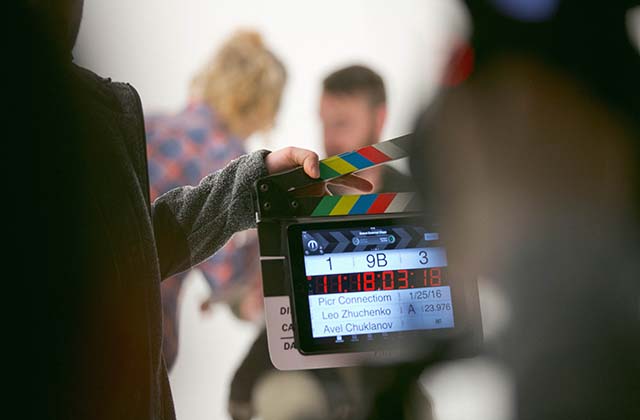When you shoot with a camera, there are many things that can affect the quality of the footage you produce. One of those things is the amount of motion blur in your footage. Motion blur is the result of shutter speed not being fast enough to capture an image without blurring. This usually happens when you shoot hand-held or pan quickly with a tripod. Later on in the film production process, you’ll see that producers and filmmakers tend to use tv storyboard out a film.
There are many ways to reduce motion blur in post-production, but there are also some quick and easy fixes that can be done while shooting to reduce it before you even begin editing. Here are some tips on how to reduce Cinematic Motion:
1) Use a Tripod
2) Use a Stabilizer
3) Use Slow Shutter Speed
In the video above, I talk about how to reduce cinematic motion, or what I like to call ‘dragging’. This is especially important if you are going for a realistic look. If your animations look too fluid, with no resistance or drag, then it will look unrealistic.
To reduce cinematic motion, there are a few things you can do:
- Reduce the number of keyframes in your animation
- Increase the amount of easing in your keyframes
- Use spring-based physics for bounce-backs and elasticity
- Reduce the velocity of objects that are moving quickly.
Reducing motion blur can help to make your video more cinematic. You can do this in a variety of ways, but the most common is to reduce the shutter speed on your camera or adjust the frame rate in post production.
Shutter Speed
One way to reduce motion blur is by increasing the shutter speed. This action will allow for less blurring due to movement. The downside is that you will get more light coming in from the top and bottom of your frames, giving you an uneven exposure across your image. This is known as rolling shutter issues.
Frame Rate
Another way to reduce motion blur is by changing your frame rate in post production. Most cameras shoot at 24 frames per second (fps), which means each frame is shot every 1/24th of a second. This creates smoother looking movement than 30 fps or 60 fps would create because it’s more realistic when compared to what we see with our eyes under normal circumstances (note: this will only be truly noticeable if you are watching on a screen that displays at 24 fps).
Cinematic motion is a term used in video production to describe the motion of objects that appear to be moving at a slower pace than real life. This type of motion can be used to enhance the drama or emotion of a scene and create a more cinematic look and feel. While there are many ways to achieve this effect, one of the most popular methods is using keyframing.
Key framing is a technique where you set specific values for an object’s position, rotation, scale and other properties at specific points in time throughout an animation. In After Effects, you can use key framing to animate camera movement by setting specific values for position, rotation and zoom at specific points in time throughout an animation. In order for these values to be applied correctly, you must first set up your cameras correctly before animating them with key frames.
Cameras are used in After Effects both as tools for rendering out video files or as tools for creating animations inside After Effects itself. When creating animations inside After Effects, cameras are used to create a virtual camera that mimics how real cameras work in real life – allowing us to control how our footage looks when it’s played back on screen. Ask some tips to a professional artists to further improve your work.













